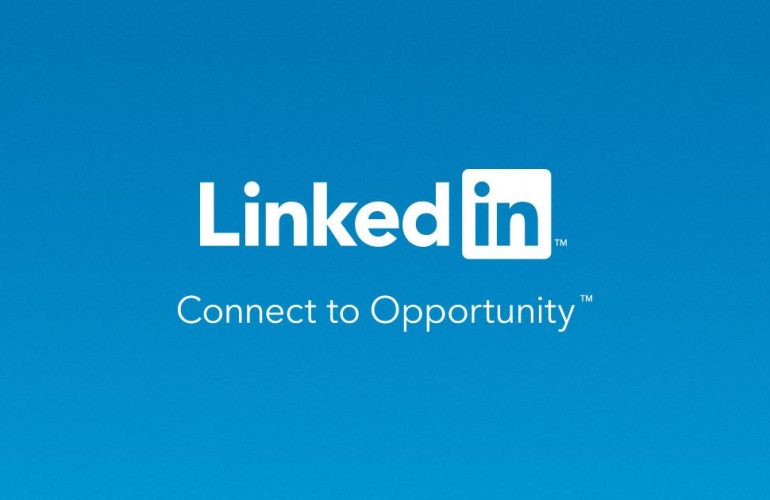In the ever-evolving landscape of professional networking, LinkedIn has emerged as a pivotal platform for individuals and organizations seeking to establish connections, share insights, and foster collaboration. Among its myriad features, LinkedIn Groups stand out as a potent tool for targeted engagement and strategic lead generation. These online communities offer a unique opportunity for professionals to engage with like-minded individuals, share knowledge, and ultimately cultivate relationships that can lead to business growth. However, simply joining a group is not enough; success hinges on the implementation of deliberate and effective strategies. This article delves into the intricacies of maximizing LinkedIn Groups for lead generation, examining best practices, actionable tactics, and the analytical approach needed to identify, engage, and convert potential leads. By leveraging data-driven strategies and understanding the dynamics of group interactions, professionals can unlock the full potential of LinkedIn Groups, transforming them from mere discussion forums into powerful engines of growth.
Table of Contents
- Identifying Targeted LinkedIn Groups for Effective Audience Engagement
- Crafting Compelling Content to Drive Interaction and Build Authority
- Leveraging Group Analytics to Refine Lead Generation Strategies
- Nurturing Relationships Within Groups to Cultivate Leads into Clients
- To Wrap It Up
Identifying Targeted LinkedIn Groups for Effective Audience Engagement
To effectively engage with your audience on LinkedIn, it is crucial to identify the right groups that align with your industry and target demographic. Start by exploring groups where your potential leads gather, focusing on those that center around your niche. Consider utilizing the search bar with specific keywords that relate to your offerings, or browse through suggested groups based on your profile interests. Additionally, analyze the group activity to determine its engagement levels. Look for characteristics such as:
- Active Discussions: Groups with regular postings and comments showcase member engagement.
- Size and Membership: While larger groups may seem appealing, smaller, targeted groups can often lead to more meaningful interactions.
- Relevance of Topics: Ensure that discussions align with your industry and the challenges faced by your audience.
Once you’ve identified suitable groups, it’s essential to assess their dynamics and expectations. Observe how members interact and participate before diving into the conversations yourself. A well-crafted strategy for engagement can significantly enhance your visibility and credibility. Consider the following factors when planning your participation:
| Factor | Approach |
|---|---|
| Content Sharing | Post valuable insights, articles, or tools that address common pain points. |
| Networking | Connect with active members and engage in one-on-one conversations. |
| Feedback Loop | Request input on your ideas or services, fostering an interactive dialogue. |
Crafting Compelling Content to Drive Interaction and Build Authority
In the competitive landscape of LinkedIn Groups, producing rich, engaging content is pivotal to not only stimulate interaction but also to cement your authority in your field. Focus on sharing insights that resonate with group members by leveraging real-world examples, case studies, and actionable tips. Prioritize targeted topics that address the pain points of your audience. This approach fosters meaningful discussions and encourages members to engage with your posts, ultimately enhancing your visibility within the group. Consider the following strategies to elevate your content:
- Utilize visual aids such as infographics to break down complex information.
- Pose thought-provoking questions to stimulate dialogue and encourage sharing of experiences.
- Craft concise how-to guides that provide immediate value and utility.
- Share industry news and provide your perspective to position yourself as a thought leader.
Moreover, maintaining consistency in your posting schedule is essential for nurturing ongoing relationships with group members. By regularly sharing high-quality content, you create an expectation among readers, prompting them to return for more insights. Tracking engagement metrics can help refine your strategy. Consider employing the following methods to gauge your effectiveness:
| Metric | Analysis | Actionable Insight |
|---|---|---|
| Post Engagement Rate | High engagement indicates interest in your topics. | Replicate successful themes in future content. |
| Comments & Discussions | A high number of comments suggests valuable content. | Encourage deeper conversations by asking follow-up questions. |
| Shares | Content shared externally broadens your reach. | Incorporate shareable formats like infographics. |
Leveraging Group Analytics to Refine Lead Generation Strategies
In the realm of lead generation, analytics play a pivotal role in tailoring your strategies to the specific needs and behaviors of your ideal audience. By closely examining the dynamics within LinkedIn groups, you can identify trends, interests, and challenges that resonate with your target market. Utilize the following metrics to make data-driven decisions:
- Engagement Rate: Measure the number of interactions (likes, comments, shares) relative to group size.
- Content Performance: Evaluate which types of posts generate the most engagement and discussions.
- Member Feedback: Collect insights from polls or discussions to understand the group’s pain points and interests.
By harnessing this data, you can create tailored content and offerings that appeal to group members. For instance, if your analysis reveals that members are frequently discussing a specific topic, consider creating valuable resources such as e-books or webinars that address these issues. Furthermore, segmenting data based on group demographics and behaviors can enhance your targeting precision.
| Metric | Purpose | Actionable Insight |
|---|---|---|
| Engagement Rate | Understand member interaction | Adjust content strategy based on member preferences |
| Content Performance | Identify popular topics | Focus on creating similar content |
| Member Feedback | Gauge group challenges | Create solutions addressing specific needs |
Nurturing Relationships Within Groups to Cultivate Leads into Clients
In the realm of LinkedIn groups, building genuine connections is paramount for turning potential leads into committed clients. By actively engaging with group members, professionals can foster an environment where trust and rapport thrive. Utilize the following strategies to deepen relationships:
- Be an Active Contributor: Share valuable content and insights that solve problems faced by group members.
- Encourage Discussions: Initiate conversations with thought-provoking questions to invite participation.
- Personalize Interactions: Take time to comment on others’ posts, showing appreciation for their contributions.
- Host Events: Organize webinars or group meet-ups to provide live interaction opportunities.
Moreover, nurturing relationships involves recognizing the unique needs of each member. This can be effectively accomplished through systematic follow-ups and personalized messages that demonstrate understanding and care. Consider implementing a tiered approach to manage interactions:
| Interaction Level | Action |
|---|---|
| Initial Contact | Send a personalized invite or message, introducing yourself. |
| Engagement | Regularly comment and share relevant posts. |
| Deepening Connection | Offer tailored advice or support based on their interests. |
| Conversion | Propose a one-on-one discussion to explore mutual opportunities. |
To Wrap It Up
effectively leveraging LinkedIn Groups for strategic lead generation is not merely about participation but rather about crafting a thoughtful engagement strategy. As we’ve explored, the dynamic landscape of professional networking demands a multifaceted approach—one that combines targeted content creation, active involvement in discussions, and a deep understanding of the group’s dynamics. By aligning your contributions with the specific needs and interests of group members, you can establish credibility and foster meaningful connections that translate into valuable business opportunities.
The analytical insights provided herein highlight that successful lead generation through LinkedIn Groups hinges on consistency and authenticity. As you implement these tactics, it is crucial to continually assess the impact of your engagement efforts, adapting your strategies based on performance metrics and feedback from the community. The potential for growth within these groups is significant, and when executed skillfully, they can become a vital component of your overall marketing strategy.
As you move forward, remember that the essence of LinkedIn Groups lies in building relationships, not merely generating leads. Prioritizing genuine interactions over transactional exchanges will not only strengthen your professional network but also position you as a trusted authority in your industry. Thus, embracing a strategic approach to LinkedIn Groups could ultimately reshape the way you generate leads, driving sustained success in your business endeavors.





